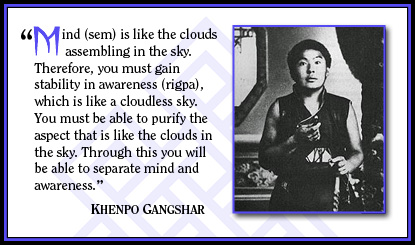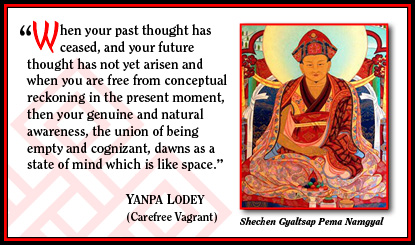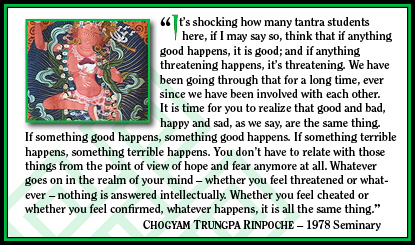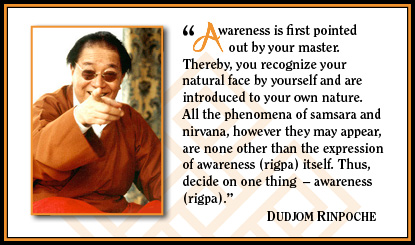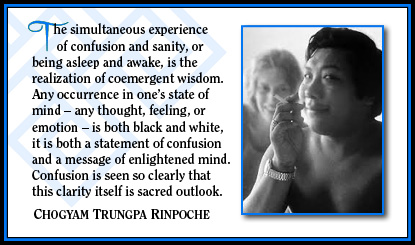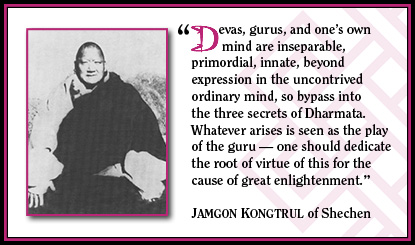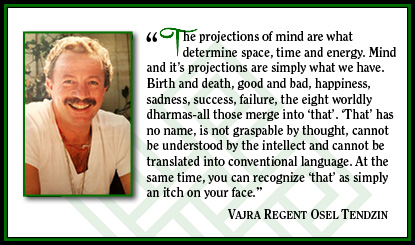A Residential Training and Retreat Center in the Practice Lineage of Chogyam Trungpa Rinpoche
Surmang Kagyu Retreat Center is a small, independent meditation center founded by direct students of Vidyadhara Chogyam Trungpa Rinpoche and the Vajra Regent Osel Tendzin.
We engage the authentic meditation practices and view of the Maha Ati and Mahamudra schools of Tibetan Buddhism.
We apply the pith instructions taught by Trungpa Rinpoche, Osel Tendzin, Khenpo Gangshar Wangpo and Jamgon Kongtrul of Shechen in our training. We consider Trungpa Rinpoche's transmission of this lineage to be a unique and complete transmission of the Surmang Kagyu and Shambhala lineages to the west and we maintain those transmissions here for those who would like to engage them fully.
Trungpa Rinpoche's lineage is known as the "Practice Lineage." This refers to the fact that we resolve the view not through intellectual study but through the actual practice of meditation. We offer a lot of practice retreats including two month-long dathuns per year. There currently is no other center in the United States offering the one month dathun retreat created by Trungpa Rinpoche.

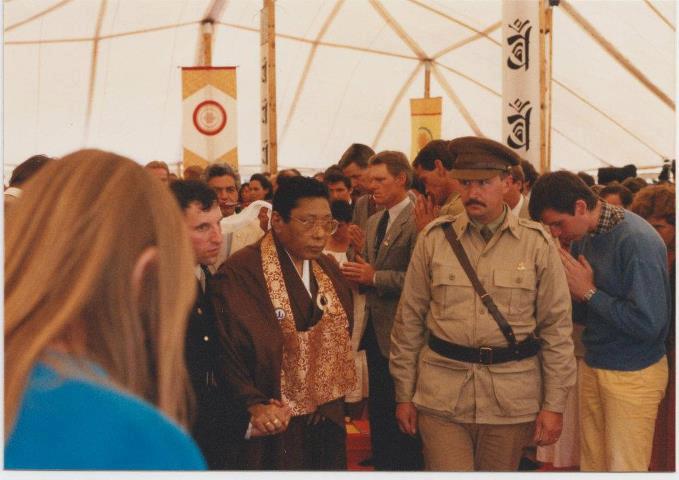
What does it mean to join the Surmang Kagyu order?
I read the page, but what's a Ngakpa?
I googled it but hearing it from you would be more true, I think.
Hi Skai,
Ngakpa— is essentially a tantric lay practitioner. What does that mean?
First, you aren’t a monastic— not a monk.
Tilopa, Naropa, Marpa, Milarepa— they were all nakpas. Dilgo Khyentse Rinpoche, Trungpa Rinpoche and Osel Tendzin were all nakpas.
What does it mean to be a Tantric Practitioner?
You are a disciple of a guru and a lineage— that is a continuous transmission. Mind transmission. It is referred to as a “mind transmission” because in the vajrayana there is something that you receive or recognize which we call “adhistana”— “jinlap.”
That is vajrayana language. It is the same realization the Tilopa had— and all the rest of them.. including the Buddha.
If you read the biographies of Marpa and Milarepa given by Trungpa Rinpoche or “The Rain of Wisdom” translated by him— you will get an idea of what this path is about.
Vajrayana is called “The Path of Skillful Means. — we go through a lot training and practice within the atmosphere of this lineage of transmission to recognize and then bind ourselves to this transmission. We recognize it as a particular quality. It is like walking into the shrine room here and noticing the atmosphere. That “atmosphere” is what we call jinlap. It is the vajra nature of your consciousness.
Tantric discipline follows “view, method and conduct.” These are embodied in a relationship between the vajra master and the disciple. Student is too weak of a word for this type of connection. Disciple.
Being a member of the Surmang Kagyu Order — one engages the gradual and sudden path to complete realization. We follow the path Trungpa Rinpoche established in America for people of our karma. That is the kagyu tantric path; the shambhala terma; or revealed teachings of terton— treasure finder— Trungpa Rinpoche— which is a Dzogchen thing.
Studying Trungpa Rinpoches pith oral instructions within the sacred atmosphere— the practice mandala— at DMC is really the method. The realization is “non reference point experience” which is the dharmakaya. And the view is the primordial ground— this present moment. Whether we consider that confused or enlightened.
To be a member of the Surmang Kagyu Order— which is something I made up and is not a legitimate thing at all— creates the boundary of discipline that allows you to enter properly the path to enlightenment.

